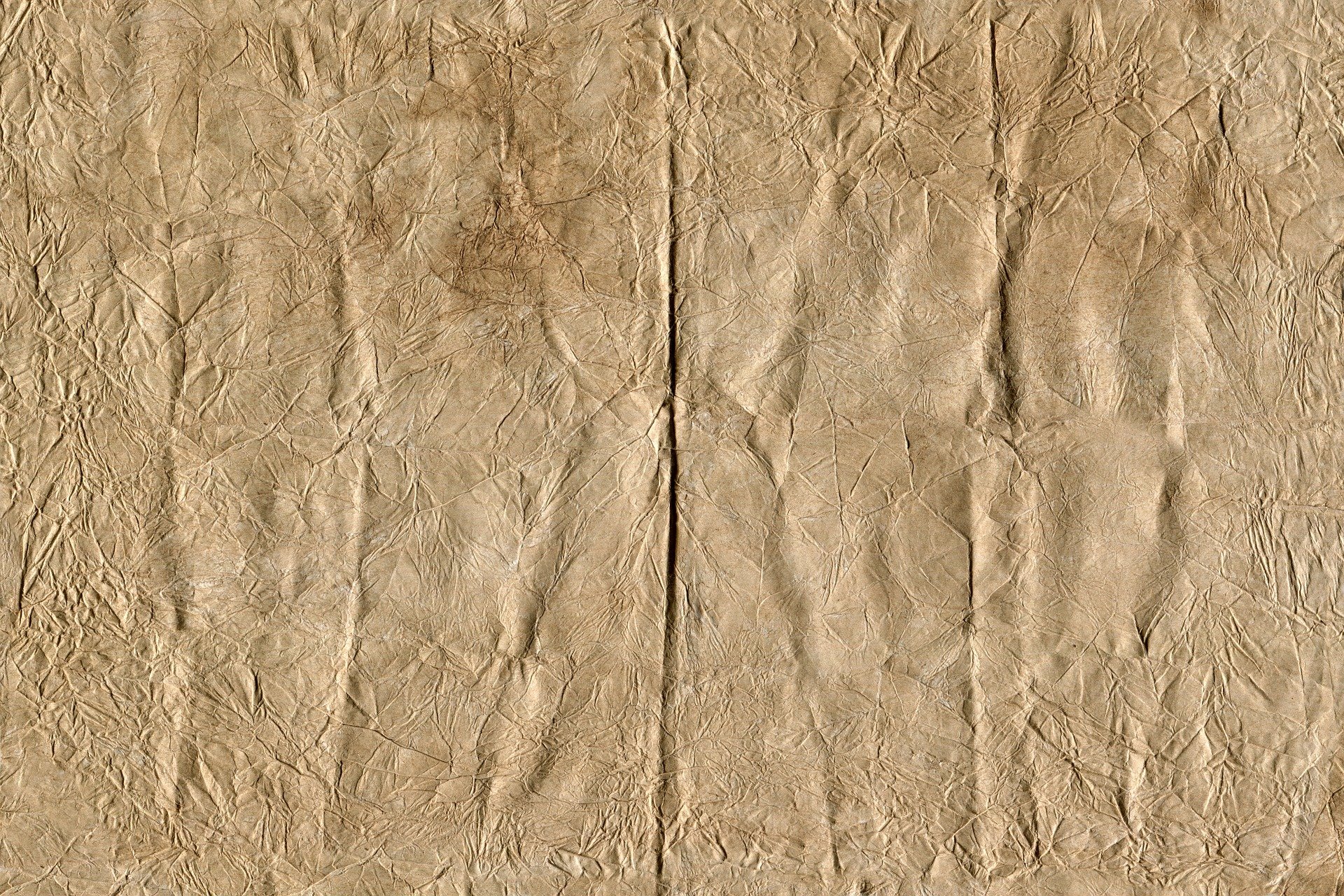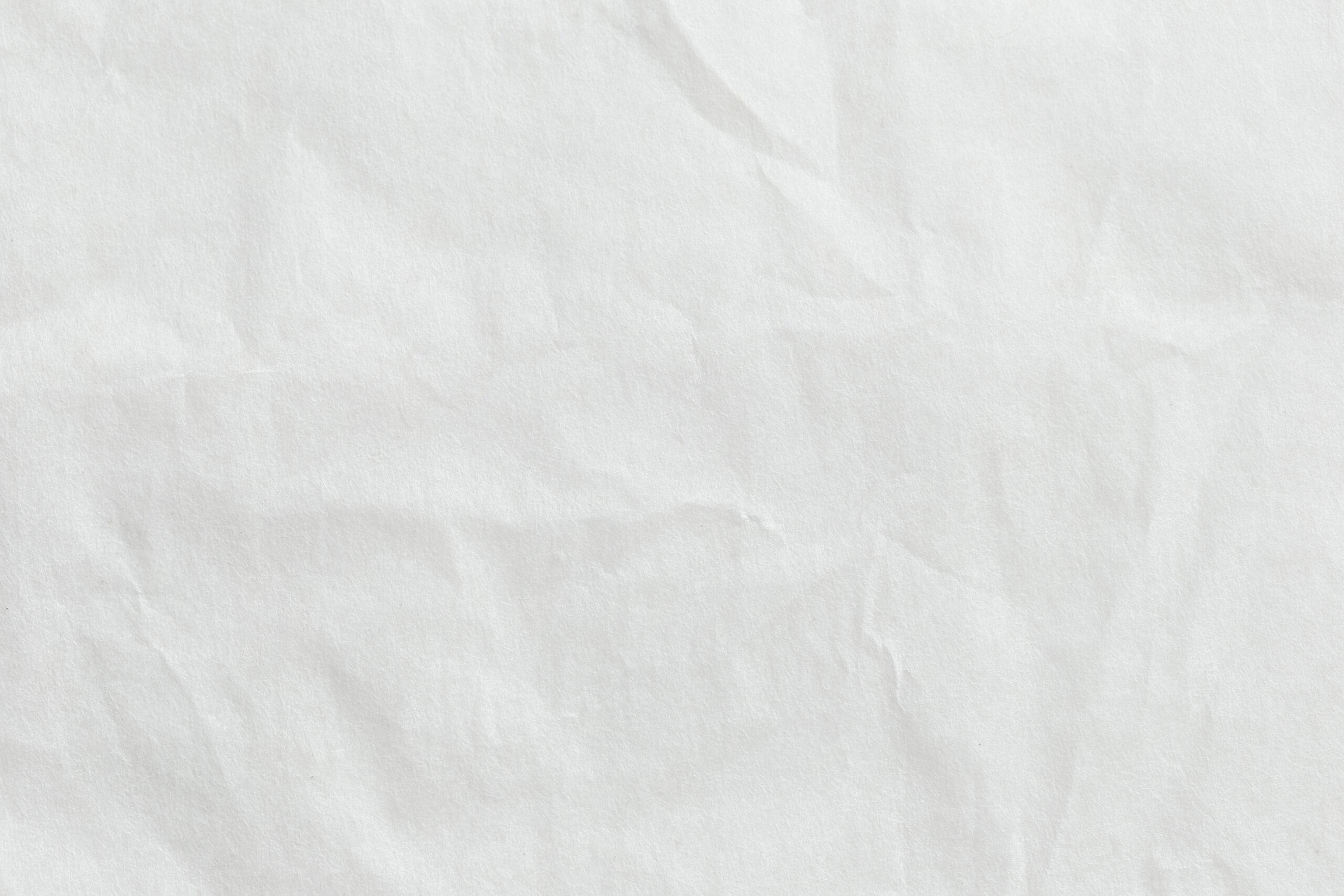Paper, as we know it today, originated 2,000 years ago in China.
Made from scraps of cloth, paper was used to tell the chronicles of the time by a court official.
Paper from the papyrus plant, on the other hand, dates back to Egypt 3,000 years ago.
From ancient China to today, paper production methods have obviously changed.
How many types of paper are there? How can we ensure that paper will keep over time? This article will answer these questions.
In this article we will discuss:

How many different types of paper exist?
According to the Treccani encyclopedia, the etymology of the word paper comes from the Latin word “charta,” which in turn comes from the Greek word χάρτης or “sheet.”
Paper is a plant compound of cellulosic fibers that form bonds with each other that give rise to a fabric.
Over time then, the paper industry developed different types and different classifications based on use:
- Writing paper
- Paper for printing
- Absorbent paper
- Specialty paper
- Wrapping paper
We, will focus on the first two types, which concern paper used for newspapers, books, documents, etc.

How do you produce paper today?
Although the systems of yesteryear are no longer used, papermaking is still something fascinating.
Paper today is derived from pulp, which is the debarking and cutting of more “biting” trees such as poplar or fir.
At this point, through a mechanical or chemical process, fiber extraction takes place.
After extraction, high-speed, high-temperature machines create paper that will be more opaque but with a higher yield than that created by the chemical process.
During the chemical process, on the other hand, small chips are boiled and the cellulose is insulated by the temperature and pressure during the baking process.
The cellulose is filtered and freed of its impurities. The result is a low opacity but lower yield.
Lastly, there will be the bleaching and refining of the paper and then the last part of production that includes blending with other substances such as dyes and forming the sheet.
The final surface treatment will depend on the use for which the paper is intended.
How do you keep paper from deteriorating
In order to ensure that historical memory has a future, it is important to be able to preserve books and documents over time, and the key word is always and only one: prevention.
As we have seen in facts, paper is made of natural fibers and therefore as such, it is normal for it to deteriorate over time.
In addition, mold, moisture, insects, air and light are important enemies for paper to be careful of.
One solution to be able to prevent the deterioration of paper are containers made of materials suitable for contact with documents.
In fact, by replacing shirts and folders with ph-neutral, and therefore non-acidic material and without acetic or vinyl glues, you can stop or slow down the browning of papers, one of the main causes of paper deterioration.
This process, is called reconditioning.
Lastly, it is important to make sure that books and papers are in environments with the right level of humidity. Places or libraries com high humidity are harmful to paper because they promote the growth of mold and insects.





